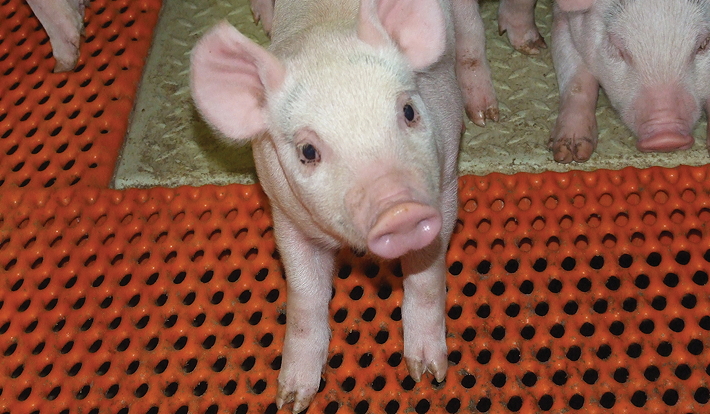UK farm animal use of antibiotics is comparatively low against many of its European neighbours, according to a European report on antibiotic use and occurrence of resistance in bacteria.
But the report also highlights the potential for more responsible use in both humans and animals to reduce antibiotic resistance, according to Responsible Use of Medicines in Agriculture (RUMA) alliance.
The report by the European Centre for Disease Control (ECDC), the European Food Safety Authority (EFSA) and the European Medicines Agency (EMA), indicates that in 2014, UK antibiotic use for humans was about average within Europe (Europe: 124mg/kg; UK: 129mg/kg) but 60% below average in animals (Europe: 152mg/kg; UK: 62mg/kg).
UK farm animal use of the highest-priority Critically Important Antibiotics was also very low, particularly colistin, where average consumption by farm animals in the UK was significantly below the European average.
Resistance to fluoroquinolones in Salmonella and Campylobacter bacteria from humans is identified in the report to be related to consumption of fluoroquinolones in animals. However, the report stressed that resistance is complex, and factors other than the amount of antibiotics used can influence the level of resistance found.
The report also notes a clear link between total antibiotic consumption and the occurrence of antibiotic resistance in both humans and farm animals. This suggests that measures to encourage responsible use should target all classes of antibiotics to reduce the risk of ‘co-selection’, where use of one type of antibiotic produces resistance to another, RUMA said.
John FitzGerald, secretary general of RUMA, welcomed the report, but said the situation was likely to change rapidly as awareness grew of the contribution farming can make in a One Health approach to antibiotic stewardship.
He said: “The UK’s most recent Veterinary Antimicrobials Resistance and Sales Surveillance (VARSS) report on 2015 sales data saw a 10% drop in antibiotics sales into food-producing animals compared with the previous year.
“This, alongside significant reported reductions in usage in the poultry and pig sectors – released via the recent British Poultry Council Stewardship Report and AHDB’s e-Medicine Book data – will have changed the picture again.”
He said the report underlines the importance of the most recent falls in use and the need for further reductions in use across the board. Those in farming needed to be aware that changing their use of antibiotics could not only help manage the global risk of antibiotic resistance, it could lower the risk of drug-resistant infections developing among UK livestock, he added.
It is expected that the VARSS report analysing 2016 sales data for food-producing animals, due for issue later this year, will show further reductions.




